Rank Species | Genus Polemonium Higher classification Polemonium | |
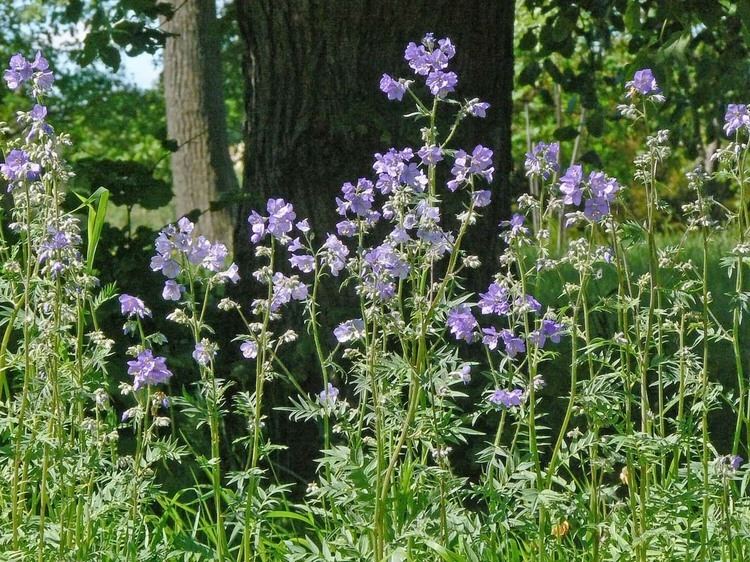 | ||
Similar Cuckoo Flower, Harebell, Meadowsweet, Figwort, Oxeye daisy | ||
Polemonium caeruleum, known as Jacob's-ladder or Greek valerian, is a hardy perennial flowering plant. The plant produces cup-shaped, lavender-coloured or white flowers. It is native to temperate regions of Europe.
Contents
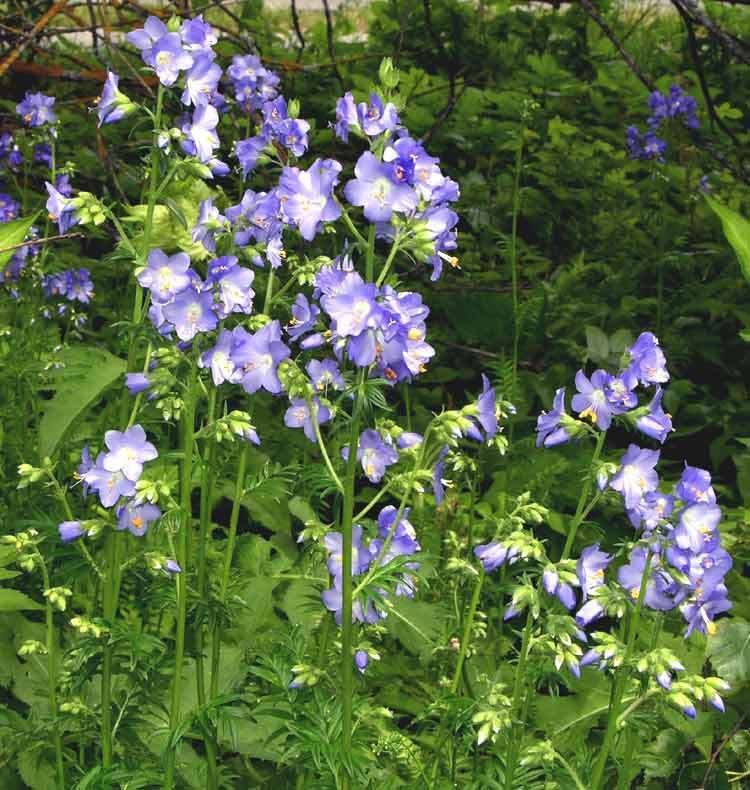
Growth
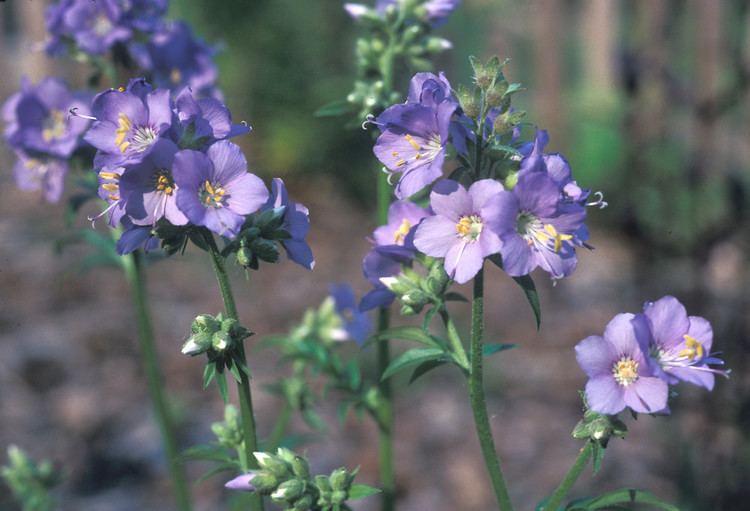
The plant usually reaches a height from 45 to 60 centimeters (18 to 24 inches), but some occasionally will be taller than 90 centimeters (35 inches.) The spread of the plant is also 45 to 60 centimeters. It can grow in North American hardiness zone 2.
Habitat

The plant is native to damp grasslands, woodlands, meadows and rocky areas in temperate areas of Europe and Asia.
Cultivation
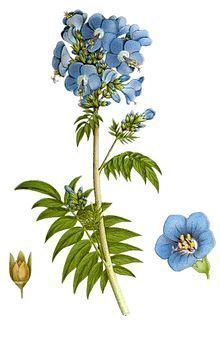
The plant normally prefers soil that is rich in moisture and lime and does not require as much sunlight as other plants. Depending on the conditions, it will need varying amounts of water in the summer. If it is hot summer, the plant may require extra water. If it is an average summer, it probably won't need extra water. Normally hardy, some varieties (e.g. 'Blue Pearl') behave as tender biennials, which means they are effectively annuals in cooler climates (below hardiness zone 6).

Cultivated varieties include 'Blue Pearl' and 'Brise d'Anjou'. White-flowered ('Album', 'White Pearl') and a variegated ('Snow and Sapphires') varieties are available.
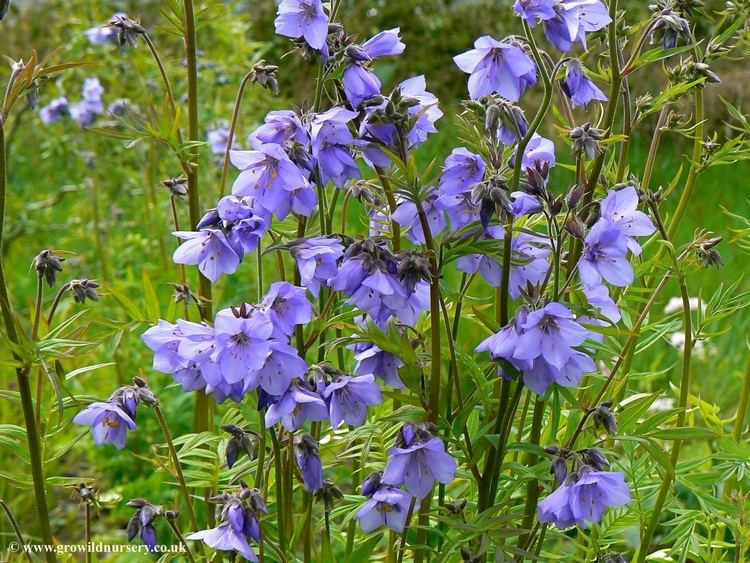
The plant does not have serious insect or disease problems. Leaf_spot and Powdery_mildew can be problems, particularly in humid climates. The Foliage may scorch if the plant gets too much sunlight. The Leaflet tips will brown up if soils are allowed to dry out so keeping an eye on the leaflet tips is a good way to gauge water levels. The Foliage will generally decline and become less attractive as the summer progresses. It is important to keep an eye out for Slugs.
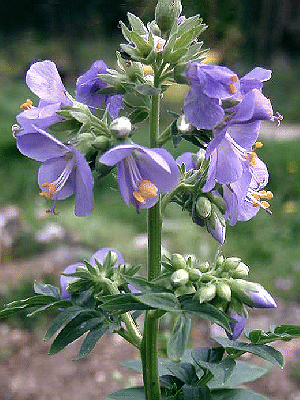
(Cats are attracted to the scent of the plant, particularly younger plants. A person who is growing Greek valerian in a container or home garden should protect the plants if they own a cat.)
Historical medical uses
The plant was first used as a medicinal herb in ancient Greece. The ancient Greeks used the root to treat dysentery, toothaches and animal bites. The plant was also found in a few European pharmacies during the nineteenth century and was used as an antisyphilitic agent and to treat rabies. Today, the plant is not usually used medically.
Other uses
Polemonium caeruleum was voted the County Flower of Derbyshire in 2002 following a poll by the wild plant conservation charity Plantlife.
Today, the plant is usually used in potpourris and is boiled in olive oil to make black dyes and hair dressing, but it has few other significant uses.
Bees work the flowers for both pollen and nectar. Flowers of other species of Polemonium are also useful honey bee forage.
The plant is known to have a few landscape uses as well such as attracting beneficial insects. The plant itself is convenient for container planting due to the shape of it's growth. Flower may be presented as a cut flower or foliage and may be found in bouqets for its pleasant smell.Used as a Perennial border for a garden and is also able to grow in a Rock garden.
